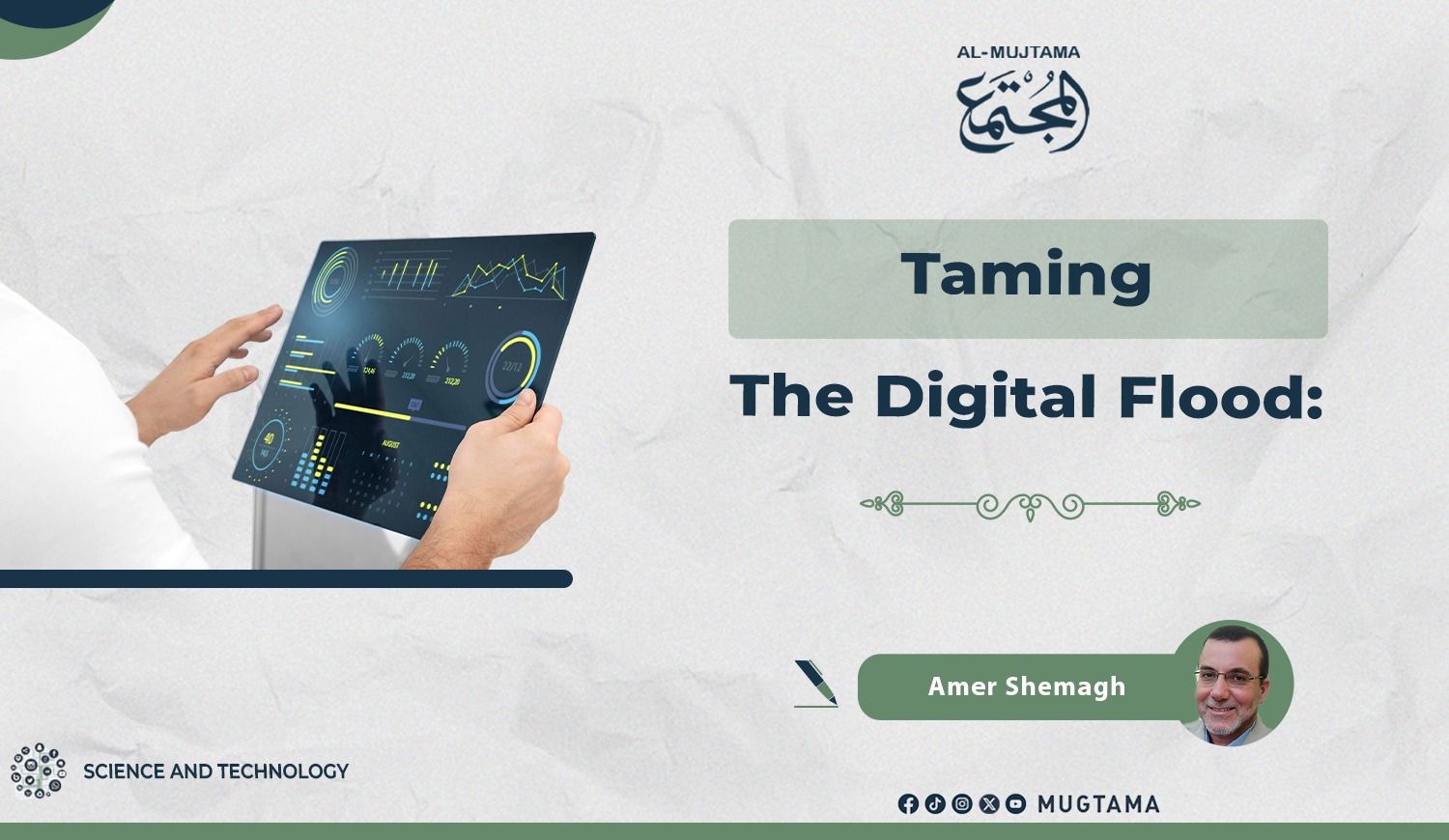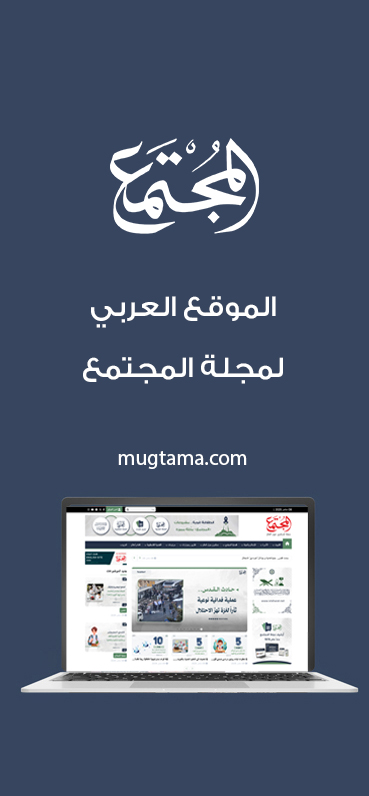Digital Information Chaos and Filtering Solutions

With the continuous use of digital devices,
computers, and everything connected to the “World Wide Web,” what is now known
as “Big Data” has emerged. Billions of people around the world are connected to
this network, using it in diverse ways. This has led to a state where
individuals are no longer able to process this overwhelming amount of
information or understand it properly in order to make sound decisions.
Therefore, it has become essential for
users to verify the content they receive online, understand the motives behind
its publication, and distinguish between true and false news. This necessity
has become more urgent due to the absence of documentation, the lack of source
citation, and the spread of AI-generated content, which has led to the rampant
spread of rumors and misinformation across millions of websites and sources
every hour.
An Information Chaos
What can be described as “information chaos
on the internet” is a massive accumulation of information—true and false,
useful and useless. This chaos makes it harder for users to access accurate
information and complicates the research process itself. There is a surplus of
content that exceeds the user’s capacity for comprehension or analysis.
Inaccurate information results either from deceit, ignorance, or the unchecked
re-sharing of content. No one disputes that the internet is also used to
manipulate public opinion, promote biased ideas and beliefs, or spread harmful
rumors that may be part of psychological warfare between opposing sides.
While this chaos might seem creative, it
has actually produced informational randomness and an unregulated environment
filled with fake news and lacking the most basic professional standards of
journalism and publishing. The competition across digital platforms is now
based on the number of views and clicks, focusing on quantity rather than
quality, with little regard for ethics or religious principles. In many cases,
lies have outperformed truths, leaving the user buried under a pile of
contradictory data and up against skilled propagandists capable of misleading
audiences and keeping the digital space wide open for more misinformation.
What is Filtering? And Why?
Information filtering is the process of
organizing and sifting through the data received by users online, aiming to
remove useless content and retain valuable material. This helps reduce the
burden of holding unnecessary information and improves the efficiency of
acquiring relevant knowledge. Filtering can be:
- Manual, where users
themselves delete irrelevant messages or follow only trusted news sources.
- Automated, relying on
algorithms and built-in platform systems.
- Collaborative,
where groups of users jointly curate and filter content.
Filtering online content has become a
necessity due to the massive amount of data generated by billions of web pages
and sources. Without filtering or distinguishing between misleading and
beneficial information, users are at risk of cognitive fatigue and intellectual
confusion. So, filtering isn’t a luxury—it’s about knowledge quality,
individual and community safety. Its importance grows in times of crisis to
ensure public awareness and risk avoidance. It also helps reduce algorithmic
bias, improves research quality, and protects children and teenagers from
exposure to pornography, violence, and hate speech—preserving our religious,
cultural, and moral values.
Methods and Tools of
Filtering
To protect users from inappropriate content
and ensure safe and effective browsing, various filtering methods and tools
have emerged. These include:
- Verifying the credibility and background of the
source, along with its publication date.
- Favoring reputable and well-known websites.
- Applying critical thinking to analyze the
content, assess its evidence, and compare across multiple sources to
distinguish propaganda from editorial content.
- Using concise, focused keywords to reduce
irrelevant results.
As for filtering tools and systems, there
are many with diverse purposes, such as fact-checking and rumor-verifying tools
(e.g., FactCheck.org), advanced search engines (e.g., Google Advanced Search),
website rating tools, ad blockers, and content filters. AI applications can
also assist in analyzing and identifying fake news and simplifying complex
data.
Toward a More Disciplined and
Aware Digital Environment
As we’ve noted, one of the benefits of
information filtering is that it enhances digital safety, curbs the spread of
false information, upholds ethical and cultural values, and protects children
from harmful content. To build a more disciplined and aware digital environment
that limits content chaos, we must:
- Integrate digital literacy education in schools
and universities to promote cybersecurity awareness and a culture of
verifying links and sources.
- Organize awareness campaigns about filtering
methods and checking misleading or false information, with a focus on
community education.
- Promote digital responsibility among users to
reduce the circulation of harmful or questionable content.
- Support platforms offering high-quality content
and establish institutional collaboration to enhance content quality.
-------------------------------------------------------------











